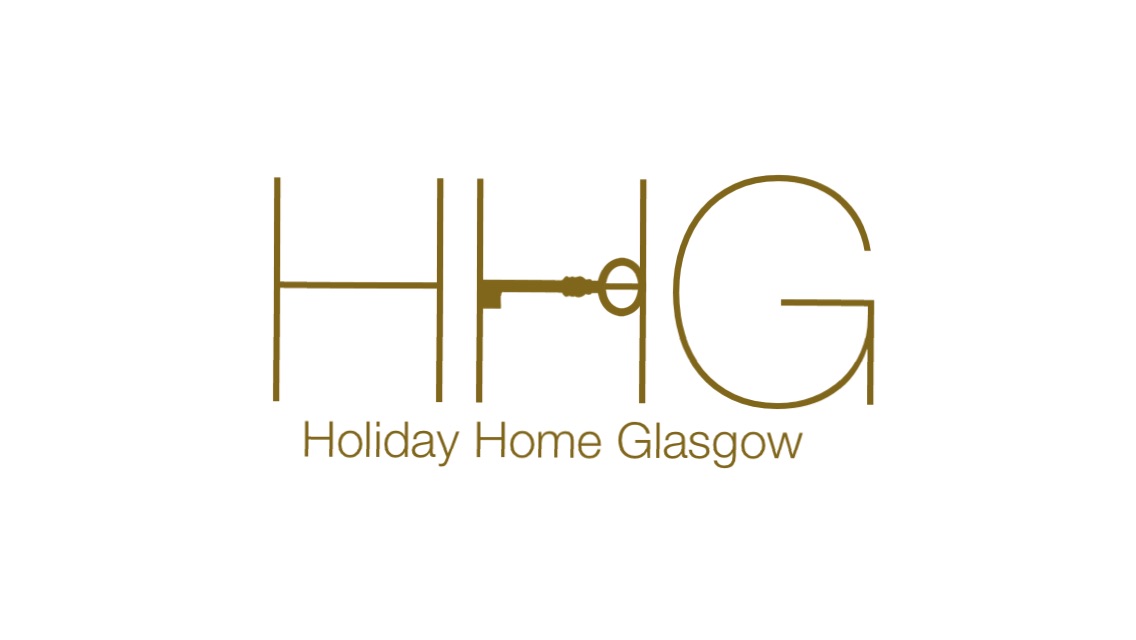Glasgow's Old Firm
31/01/18 17:11 category:
glasgow | Scotland | Sport | VenuesThis intensity is much more than just the usual intra-city turf wars found in large cities around the globe, but is inextricably bound up with religion, Irish immigration and politics, and it is these factors which contribute hugely to an atmosphere of unique hostility when Glasgow's big two lock horns.
Rangers is the older of the two clubs having been formed in 1872, with Celtic being founded in 1887. Celtic FC was started to help alleviate the poverty suffered by many Irish immigrants who lived predominantly in the East End of the city, where the club's stadium is still situated today. Relations between the two were initially cordial with Rangers being invited to supply the opposition in Celtic's first match, although the foundation of a club by Catholic Irish immigrants meant that those hostile to them were more readily drawn to supporting Rangers. The opening of a shipyard on the Clyde in 1912 by the Belfast-based Harland and Wolff company, which employed only Protestants, and subsequent influx of workers from Northern Ireland seriously exacerbated the situation and from then on the toxic mix of religion and politics became an inescapable part of life for the two clubs.
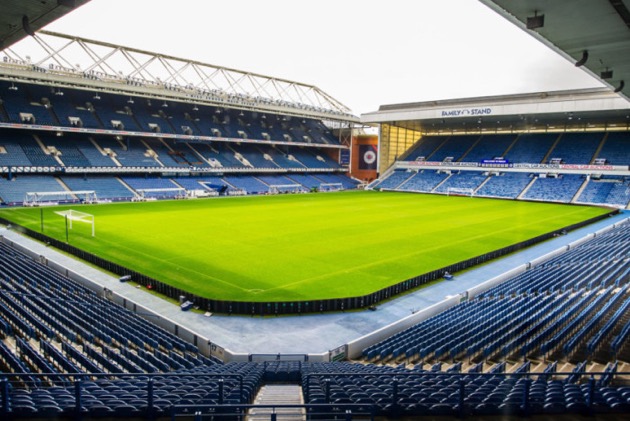
This bitter rivalry, however, did no harm to either clubs coffers and their financial dominance of the sport in Scotland has led to them being head and shoulders above anyone else in the country for well over a century despite the often poisonous relations between the two sets of supporters. The eternal struggle for supremacy between the two was only broken in 2012 when Rangers, owing to liquidation brought on by some dubious financial activities, was demoted to the fourth tier of Scottish football, although they bounced back and the fierce rivalry is just as strong as ever.
Virtually every town of any size throughout Scotland has supporters' clubs for one or both clubs, they also draw support from both parts of Ireland and most major cities across the globe also have supporters' clubs, thanks to the huge Scottish and Irish diasporas.
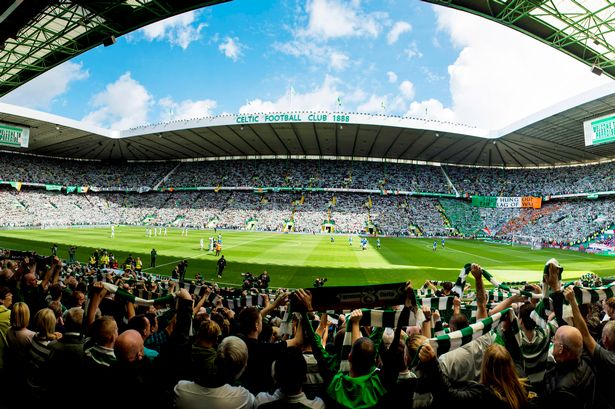
With this undeniable dominance of football from the Old Firm it is sometimes hard to remember that there are two other Scottish league football teams plying their trade within the city boundaries. Queens Park, owners of Hampden Park, Scotland's national stadium, is actually an amateur club but continues to play in the Scottish Football League against their semi-professional rivals in League 1, the third tier of the game in Scotland. QPFC was founded in 1867 and is the second oldest football club in the world still in existence. In its early years the club was the dominant force in Scottish football and, to this day, holds third place in the number of Scottish Cup victories (10), although well behind Rangers and Celtic. Queens Park also hold the honour of being the club side of Andrew watson who in 1881 became the first ever black player to play international football when he was the Scotland captain as they thrashed England 6-1 in London.
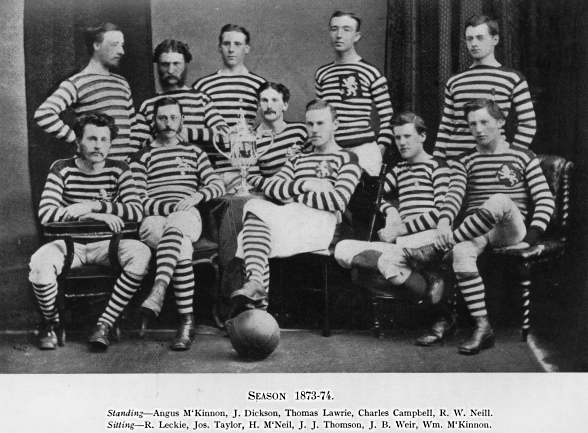
Hampden Park, owned by Queens Park, is the Scottish national football stadium and was once the largest football stadium on the planet. The record official attendance was a then world record 149,415 for the Scotland v England game of 1937, which still stands as a European record. The stadium has been redeveloped in recent years and is now an all-seated venue holding just under 52,000. The stadium is also the home of the Scottish Football Museum.
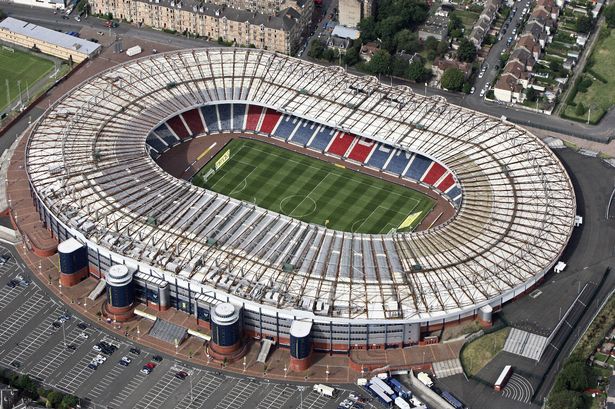
Glasgow's last major team is Partick Thistle which is based at Firhill Stadium at Queens Cross, a couple of miles to the north-west of the city centre. Often described as everyone's favourite 'other club' Partick Thistle, known as 'The Jags,' are widely regarded as an alternative for those in Glasgow who wish to escape the madness of the Old Firm. Never a particularly successful club Partick's finest moments came when they lifted the Scottish Cup in 1921, defeating city rivals Rangers 1-0 in the final, and in 1971 when they won the League Cup with a stunning 4-1 win over a Celtic team that had competed in the European Cup Final just a year before. Thistle has a small but vociferous and loyal support known for their forbearance, humour and a loathing of all things Old Firm.
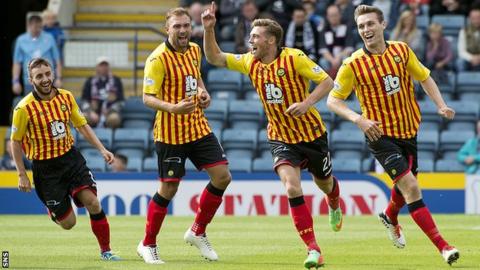
Getting away from football, which is hard to do in Glasgow, the city is home to some excellent sporting facilities, many as a result of the Glasgow hosting the Commonwealth Games in 2014. The most notable of these is the Emirates Arena, officially known as the Commonwealth Arena and Sir Chris Hoy Velodrome, but called the Emirates Arena for sponsorship reasons. The Velodrome will host the 2018 European Track Cycling Championships and the Arena can be adapted to host a whole range of other sports. It features a hydraulically lifted 200m indoor running track and currently hosts the Glasgow Rocks basketball team as well as having hosted Badminton matches during the Commonwealth Games and subsequent Davis Cup tennis matches.
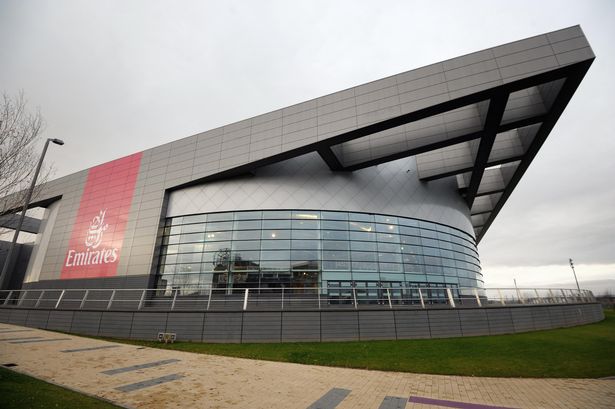
There are two 50m Olympic standard swimming pools at the Tollcross International Swimming Centre, a new Field Hockey Centre at Glasgow Green and other venues around the city, such as the SSE Hydro arena, can be adapted to host other major indoor sporting events as well as concerts by some of the biggest musical artists in the world.
Add in all the other smaller venues around the city, from five-a-side football complexes to bowling greens, golf clubs and smaller swimming pools and Glasgow certainly has a lot to offer the sports fan. Football remains, and always will be, King, but there is no shortage of other top class sporting activity to be found in Glasgow.
Stay close to your venue
Glasgow East Apartments Bell Street Residence - Minutes from Emirates Stadium, Tollcross Swimming and Celtic Park
The Murano - Walking distance to Patrick Thistle Football Ground
River Heights The Heights - Walk to SSE Hydro
Suite 16 - 10 mins by car to Hampden
Tags: Celtic, Rangers, queens park, partick thistle, old firm, tollcross, hampden, Emirates, Glasgow Hydro
